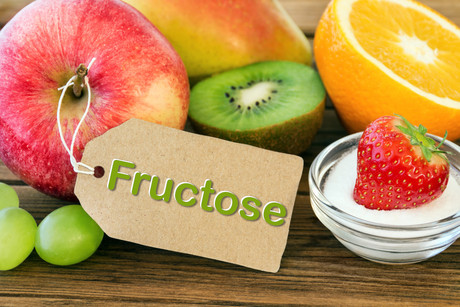Fructose: fact versus fiction

In recent years, food and beverage manufacturers have often found themselves caught in the middle of shifting attitudes and consumer confusion surrounding sweeteners.
On the one hand, consumers want great taste. It’s the top driver for food and beverage purchase decisions. On the other hand, many consumers worldwide have made reducing sugar and calorie intake a top priority. For instance, a recent survey found that 47% of consumers’ purchasing decisions were significantly impacted when products claimed to have low/reduced/no sugar; 44% were influenced by low-/reduced-calorie claims.
However, the confusion surrounding sweeteners makes it especially challenging for manufacturers to satisfy changing consumer attitudes while meeting their own formulation and operational needs. For example, fructose, a naturally occurring carbohydrate sweetener that offers many functional benefits to food and beverage manufacturers, has recently come under increased scrutiny. It seems to be suffering from a case of mistaken identity among consumers.
If consumers knew the facts about fructose, they would better understand that it helps to reduce calories and sugar while providing the same great taste and texture they expect from full-calorie/-sugar products.
The benefits of fructose
Fructose is a monosaccharide found naturally in many foods, including fruits, vegetables and honey. It is the sweetest of all naturally occurring carbohydrate sweeteners. Besides providing sweetness, fructose enhances flavour, mixes well with other sweeteners and starches, has higher solubility than sucrose, improves humectancy and protects fruit textures in frozen foods.
The higher sweetness potency of fructose also delivers a faster sweetness response. This gives manufacturers the ability to reduce total calories by using fructose in place of less sweet carbohydrates and sugars. Additionally, fructose works well in sweetener synergies with nutritive and non-nutritive sweeteners, enabling formulators to reach the same sweetness levels while using fewer total sweeteners overall.
Beyond its sweetening and functional properties, fructose has a low glycaemic response. This means consuming foods sweetened with fructose leads to a lower blood glucose rise compared to eating foods made with sucrose or glucose, a factor that’s especially important to people with diabetes.
Because of the versatility of fructose, the number of food and beverages formulated with the ingredient has significantly increased over the past 30 years. In the APAC region, 7363 products containing fructose have launched since 2010.
Debunking fructose myths
Some consumers who are familiar with fructose in nature believe that the ‘manufactured’ fructose is different or inferior. The truth is that the two are molecularly identical.
Another big myth is that many consumers think fructose and high fructose corn syrup (HFCS) are one and the same, but they are two very different ingredients. HFCS contains almost equal amounts of fructose and glucose, typically about 55% fructose and 45% glucose (about the same percentages found in sucrose or table sugar), whereas fructose is 100% fructose.
The sweet truth
The truth is fructose provides many benefits to manufacturers and consumers. Once consumers know the facts about fructose, they’ll understand it is an ingredient that can help meet their priorities for good health and great taste.
The more the industry can help consumers understand the differences in their sweetener options, the more confident consumers are likely to feel about choosing ingredients that work best with their personal health goals. For resources to help consumers know the truths about fructose, visit fructosefacts.org.
What's new on the shelf
From classic reinspired ice cream to West African flavours in a jar and whiskey aged in a gaol,...
What's new: six on the shelf
From classic chocolatey flavours reinspired to Korean delicacies, have a look at what's new...
What's new on the shelf?
From Aussie/American fusion-inspired hot sauce to a canned protein drink for gamers, have a look...














